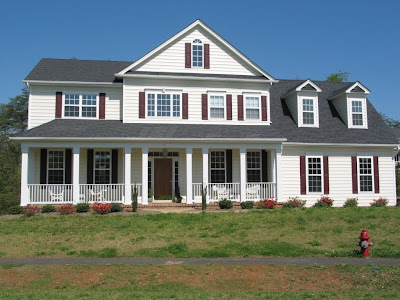
Today, the
U.S. Census Bureau released their latest read of construction spending showing mixed results for January with total private construction spending and single family construction spending rising since December while non-residential construction spending declined over the same period.
On a month-to-month basis, total residential spending increased 1.10% from December climbing 14.60% above the level seen in January 2013 and remaining well below the peak level seen in 2006.
Single family construction spending increased 2.30% from December rising 21.00% since January 2013 remaining well below it's peak level reached in 2006.
Non-residential construction spending declined 0.20% from December rising 9.70% below the level seen in December 2012 and remaining a well below the peak level reached in October 2008.
The following charts (click for larger dynamic versions) show private residential construction spending, private residential single family construction spending and private non-residential construction spending broken out and plotted since 1993 along with the year-over-year, month-to-month and peak percent change to each since 1994 and 2000 – 2005.



 Today, the Federal Housing Finance Agency (FHFA) released the latest results of their monthly house price index (HPI) showing that in January, nationally, home prices increased 0.5% from December and rose 7.38% above the level seen in January 2013.
Today, the Federal Housing Finance Agency (FHFA) released the latest results of their monthly house price index (HPI) showing that in January, nationally, home prices increased 0.5% from December and rose 7.38% above the level seen in January 2013.



